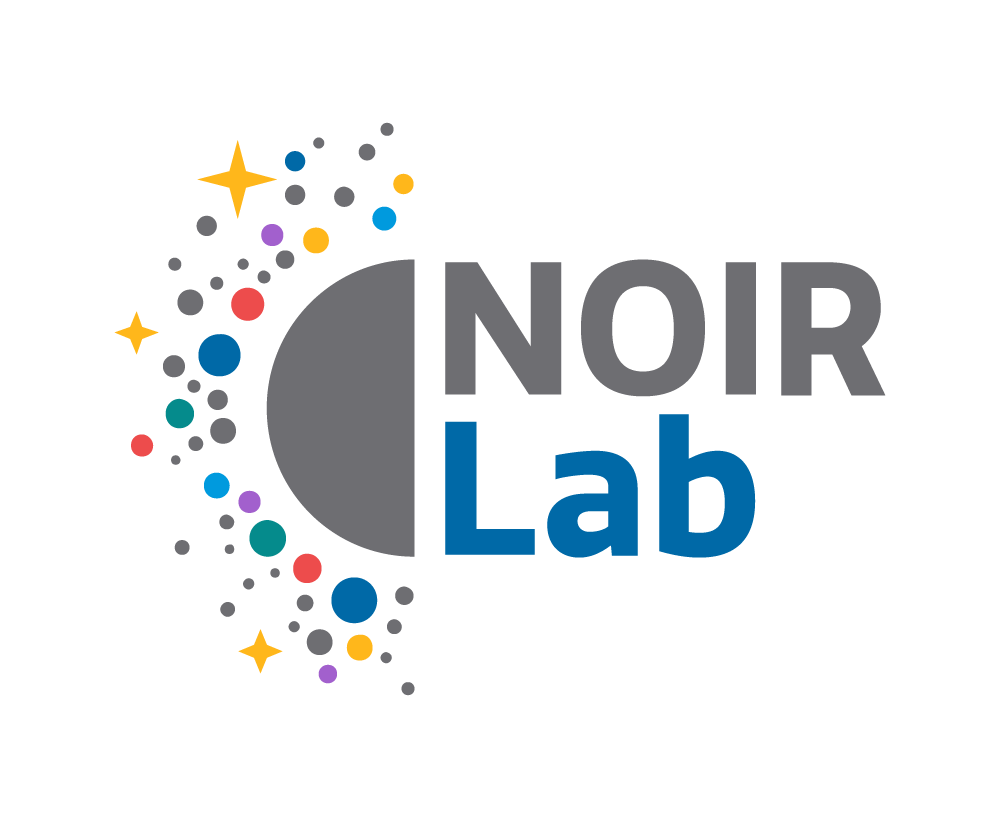Join the Hunt for Asteroids Orbiting White Dwarf Stars
NSF NOIRLab launches Exoasteroids, a new online citizen science opportunity
3 October 2024
Have you ever wondered what might happen to our Solar System in a few billion years? The Sun will eventually turn into a white dwarf — a dead remnant of its current self — consuming the inner planets along the way. Some white dwarfs are surrounded by dusty disks containing asteroids, comets, and other remnants of their planetary systems. These disks are excellent laboratories for studying the end stage of planetary systems, providing unique information about the formation and death of planets.
To help search for examples of asteroids orbiting white dwarfs in the Milky Way, NSF NOIRLab has launched the Exoasteroids citizen science project. With the help of volunteers, this project is aimed at identifying white dwarfs that have changed in brightness over the past decade. Such fluctuations may indicate that a white dwarf is the remnant of a planetary system still actively destroying its lingering exoasteroids, leading to outbursts detectable in images taken by modern telescopes.
Exoasteroids displays thousands of time-series movies of white dwarfs as seen with NASA’s Wide-field Infrared Survey Explorer (WISE), a space telescope in low Earth orbit. Volunteers visually scan these movies to distinguish sought-after cases of white dwarfs changing in brightness from interlopers like overlapping sources or detector noise, which can confound computer algorithms.
Exoasteroids was created at NOIRLab thanks to the NASA Citizen Science Seed Funding Program, and is part of the Zooniverse family of online crowdsourcing projects. Exoasteroids was built by NOIRLab interns Austin Humphreys (University of Maryland) and Hunter Brooks (Northern Arizona University) within a broader team including NOIRLab astronomers Aaron Meisner, Siyi Xu and Joan Najita.
The International Gemini Observatory, funded in part by the U.S. National Science Foundation and operated by NSF NOIRLab, is expected to play a key role in following up brightness-changing white dwarfs pinpointed by the Exoasteroids team.
Visit the project’s website to join Exoasteroids and help find planetary remains and disintegrating asteroids around white dwarfs!
More information
NSF NOIRLab (U.S. National Science Foundation National Optical-Infrared Astronomy Research Laboratory), the U.S. center for ground-based optical-infrared astronomy, operates the International Gemini Observatory (a facility of NSF, NRC–Canada, ANID–Chile, MCTIC–Brazil, MINCyT–Argentina, and KASI–Republic of Korea), Kitt Peak National Observatory (KPNO), Cerro Tololo Inter-American Observatory (CTIO), the Community Science and Data Center (CSDC), and Vera C. Rubin Observatory (operated in cooperation with the Department of Energy’s SLAC National Accelerator Laboratory). It is managed by the Association of Universities for Research in Astronomy (AURA) under a cooperative agreement with NSF and is headquartered in Tucson, Arizona. The astronomical community is honored to have the opportunity to conduct astronomical research on I’oligam Du’ag (Kitt Peak) in Arizona, on Maunakea in Hawai‘i, and on Cerro Tololo and Cerro Pachón in Chile. We recognize and acknowledge the very significant cultural role and reverence that these sites have to the Tohono O’odham Nation, to the Native Hawaiian community, and to the local communities in Chile, respectively.
Links
Contacts
Aaron Meisner
NSF NOIRLab
Email: aaron.meisner@noirlab.edu
Josie Fenske
Jr. Public Information Officer
NSF NOIRLab
Email: josie.fenske@noirlab.edu


